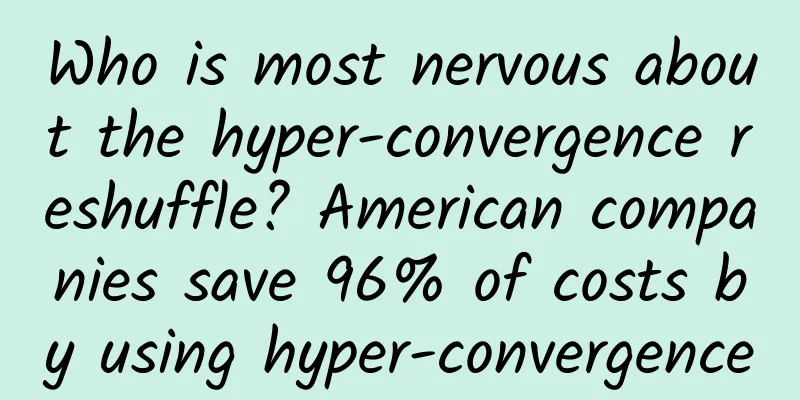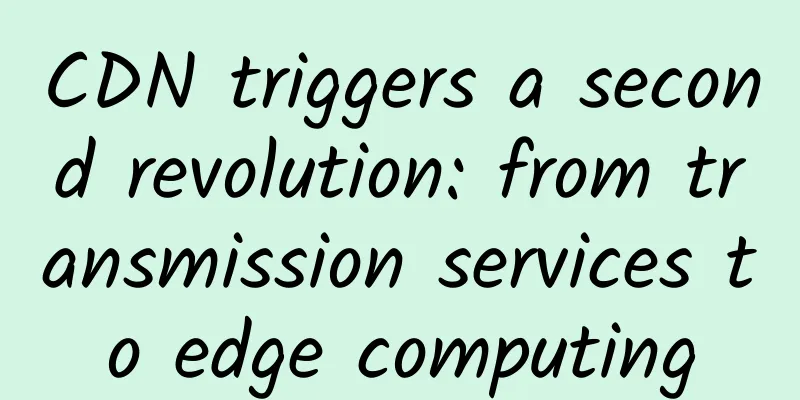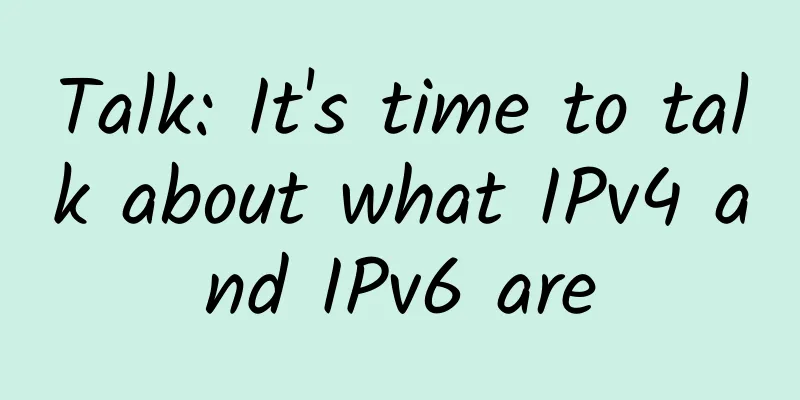Who is most nervous about the hyper-convergence reshuffle? American companies save 96% of costs by using hyper-convergence

|
【51CTO.com Quick Translation】According to Gartner analysts, hyperconverged infrastructure is the fastest growing category in the data center hardware market; although some established vendors have recently launched their own hyperconverged systems, they are still in danger of missing the boat. The boat has already crashed straight into their equipment racks in customer data centers.
In early December, at a data center conference, two medium-sized enterprise users gave speeches. One said that he had migrated the entire production environment to Nutanix, while the other user said that he was replacing the infrastructure based on Cisco Vblock with SimpliVity. One of the users, a transportation and logistics company called PITT OHIO, spent six to eight months comparing several options. Both users sensed the incumbents' trepidation when they began the effort. It turns out that the nervousness is justified. According to Dave Wunderley, director of emerging infrastructure operations support at PITT OHIO, the company saved $70,000 in the first phase of the project and will realize a third phase return on investment of $25,000 in savings starting in early December. By switching from Vblock to SimpliVity, PITT OHIO increased computing and storage capacity, reduced storage costs to only 4% of the original, shortened backup time, and improved work efficiency because infrastructure management has become much simpler. Cardinal Innovations Healthcare in North Carolina, the largest specialty healthcare organization in the U.S., has reduced operational support time by 20 times and reduced its data center footprint by three racks. Robert Edwards, Cardinal's director of IT infrastructure, said the company replaced its traditional three-tier architecture with Nutanix, resulting in a 56% to 70% improvement in performance in all areas. This example also dispels the myth that hyperconvergence is good for virtual desktop infrastructure or disaster recovery but not for other workloads. Both PITT OHIO and Cardinal happily run their entire production systems on hyperconverged infrastructure. It’s not just hardware vendors that are set to be disrupted by hyperconvergence. Wonderley no longer has to pay licensing fees for software that manages tasks like backup and replication—that management functionality is built into SimpliVity—and Edwards regrets not switching Cardinal’s entire environment from VMware to Nutanix’s own Acropolis hypervisor, ditching the “VMware tax” he incurs every year. Asked what the biggest challenge was in making the transition, both IT leaders said it was that hyperconvergence has changed the way organizations operate. While the role changes didn't result in any staff reductions in these specific cases, Wonderley acknowledged that reductions could occur in larger organizations. Still, the move to hyperconverged infrastructure "completely revolutionized the way we run our data centers," Edwards said. Original title: Incumbents are Nervous about Hyperconverged Infrastructure, and They Should Be By Yevgeniy Sverdlik [Translated by 51CTO. Please indicate the original translator and source as 51CTO.com when reprinting on partner sites] |
<<: Bubble or opportunity? 2016 Enterprise IT Market Innovative Technology Application Survey Report
>>: Aryaka: Providing a global network "highway" for multinational enterprises
Recommend
Ruijie Cloud Desktop leads the trend and more than 500 experts discuss smart education
On October 19, the "2018 University Smart Ed...
Weak current people must understand standard PoE power supply! Otherwise, if you don't understand the IPC power supply power and line sequence, how can you do a good project?
What is Standard PoE? PoE, or Power over Ethernet...
Gartner: Four technologies that will have a significant impact on digital commerce in the next two years
[[428882]] According to Gartner's 2021 Hype C...
PebbleHost: $19.99/month-E3-1220v2/8GB/480G SSD/1Gbps unlimited traffic/UK server
PebbleHost is a foreign hosting company founded i...
Network Interview Experience: It’s time to learn about these new features of HTTP 2.0
[[420219]] There are not many interview questions...
LOCVPS brings you cool autumn, 60% off on monthly VPS in Singapore
LOCVPS offers special events for different packag...
Maxthon Hosting: Los Angeles data center connected to AS9929 line, 20% discount, monthly payment starting from 38 yuan
Aoyou Host is a long-established foreign VPS host...
Don't blame the operator, your home Internet speed may be stolen by it
"What's your Wi-Fi password?" When ...
25 years later, the CDMA legend ends
On June 12, South Korea's Ministry of Science...
5G network actually interferes with weather forecasts?
While we are worried about not being able to affo...
Kvmla Japan Tokyo Softbank VPS promotion 20% off, top up 500 yuan and get 100 yuan
Kvmla, a long-established Chinese VPS hosting com...
Exploration and implementation of 5G+AI in the security industry
With the empowerment of 5G+AI in the security ind...
I just pressed 666 and something magical happened to the computer...
[[394490]] There is a classic question in the com...
Future careers will be completely new and different. What new and mind-blowing jobs will there be in 2018?
The arrival of the New Year is always exciting, e...
A brief analysis of the technical difficulty of "number portability"
According to the Ministry of Industry and Informa...









